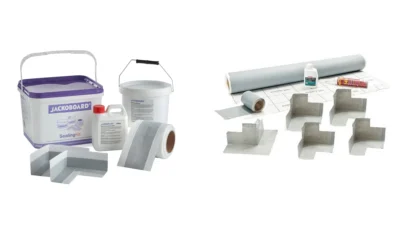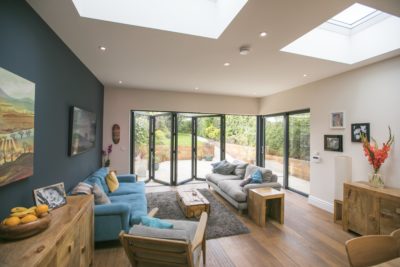10 Things Every Self Builder Should Know
When my wife and I built our family home back in 2002, little did we know I would spend the next 18 years firmly entrenched in the self build world. For the past 10 years, I’ve been writing for Build It and advising at the Build It Live shows.
This month marks my last article before I retire. In all that time, I’ve encountered some commonplace and often quite questionable ideas about self building that regularly crop up. So, as a parting shot, I’m going to try to address some of these and put the record straight!
1. Self building is not necessarily a way to get a cheap house
Don’t get me wrong: you can do it on the cheap, particularly if you already own or have access to a building plot, and you have the sort of trade or DIY skills that will negate much of the labour costs.
Learn more: How to Save Money on Your Self Build
But the vast majority of individual self build projects are detached houses. This means you need a reasonably-sized plot, which is likely to represent a big portion of your overall budget. Most self builders are also looking for something a little better than standard in terms of the amount of living space and quality of construction and finish. Naturally, these things cost money to achieve.
So if you’re on a very tight budget, it will be cheaper to buy something on an estate built by one of the major developers. You’ll also get more cost certainty than commissioning your own project. Love them or hate them, big developers have the power to buy land at huge discounts and build quickly to a low, profit-making budget – which is reflected in their prices. However, you’ll no doubt pay a new-build premium meaning that if you sell after a year, say, it’s unlikely you’ll get back what you paid (unless the market has risen steeply).
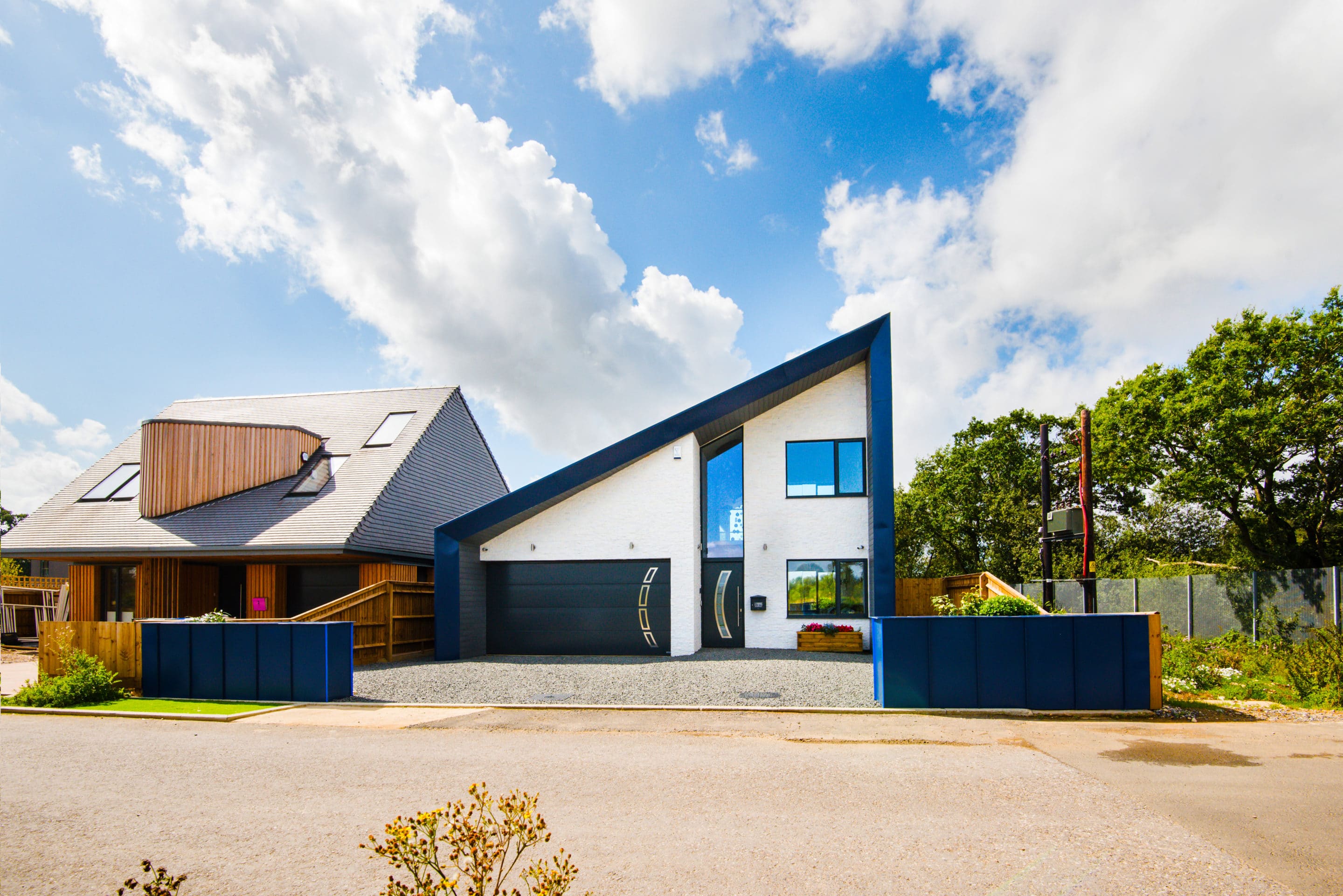
Self building is more about value for money than getting something on the cheap – but you can still get the wow factor on a tight budget. Terry Brown-Waite put in a lot of his own labour to complete this high-quality, 151m2 ICF home for just £234,000
With a self build, the chances are you’ll pay a bit more. But the finished home will ultimately be more valuable because of the care and quality put into its construction. As a rough guide, your bespoke home could be worth 15%-20% more than an equivalent spec-built property. So you may not get a cheap house, but play your cards right and you should get the best value-for-money through increased equity.
2. Green Belt is not the same as green field land
I’ve lost count of the number of times clients own land in a designated Green Belt area and want to build on it. Because they are usually in a residential area, they think that their local authority will be minded to grant planning permission for a nice looking, eco-friendly home that will be a boon to the neighbourhood. So they’re always surprised when their plans are refused.
You need to understand the difference. Green field sites are those that have never been developed, and they are usually associated with agricultural land. It’s up to your local authority to permission green field sites, and it can and does happen – especially where there’s pressure on existing development land.
Green Belt is a legal designation, designed to prevent urban sprawl by surrounding these areas with protected zones, thus maintaining the green spaces that provide the lungs of a town or city. Such land is protected by law, and new development on it is frowned upon.
Learn more: Barn-Style Home Build on Green Belt
Extensions and replacement dwellings might be considered within local planning policy guidelines, but individual residential development on blank sites is vanishingly rare. In my experience, applying to build a new individual home in a designated Green Belt area is a hiding to nothing.
3. Not all builders are cowboys
For many of us, the default position is to assume contractors are rogues and start from a defensive position to avoid being ripped off. Cowboys are out there, of course, and people do get caught out. But those who get stung tend to be the ones who accept a cheap one-line quotation, pay for all the work upfront and fail to take references and follow them up.
There are plenty of excellent trades out there who take pride in doing the best work they can for a fair day’s pay. If you take the time to check a contractor’s capabilities by talking to previous clients and seeing the quality of their workmanship, you can be pretty sure that the same builder or trade will want to do the same for you. After all, their next client may well be coming to you for a reference.
Learn more: How Much Should I Pay My Builder?
These capable and efficient contractors are rarely the cheapest on offer, but what they will give you is the best value for money. So, the good guys are out there – and there are more of them than you might think.
4. Self building isn’t totally VAT free
It’s true that all labour on a new build home can be zero-rated. You can also either ask your builder to deal with the VAT on materials purchased for the project at their end, or use the DIY reclaim service under VAT Notice 431 to reclaim the 20% tax shortly after completion.
You can’t, however, reclaim VAT spent on professional fees and services. That includes things like architectural design, surveys, scaffolding, plant hire etc. There are also a few exceptions when it comes to built-in appliances and luxury items such as electric gates and garage door openers. To avoid being caught out, be sure to check the HMRC website, which lists the items that don’t qualify.
5. Bigger is not always better
Squeezing the largest possible house onto a modest plot is counterproductive. Keeping a balance between the size of the plot and the house going on it is not only visually better but can maintain the optimum value in the property.
Massive open-plan spaces might be a lofty ambition for some, for instance, but the reality of living with these features can be very different. Large open-plan zones can be noisy, difficult to heat and a challenge to keep tidy.
They also offer little refuge if you want to enjoy a quiet chat with someone in the same room while someone else is watching a blaring TV. There’s also a trend for including a bathroom for every bed, but these all have to be kept clean by someone. If that someone is you, the novelty
of having several to choose from will soon wear off.
Establishing your budget and calculating the size of home you can actually afford to build within that figure, is a far better way of establishing how big your project should be.
6. You’ll pay more to go green
A properly-constructed modern home with high levels of insulation and airtightness should cost very little to run. I’ve been a keen advocate of the fabric-first approach that focuses on achieving those aims. However, even if you plan to stop short of a full-blown Passivhaus, you will have to spend a fair bit upfront on renewables, heat recovery and ventilation systems and the high-quality insulation and materials that will offer the right performance level for your efficient new home.
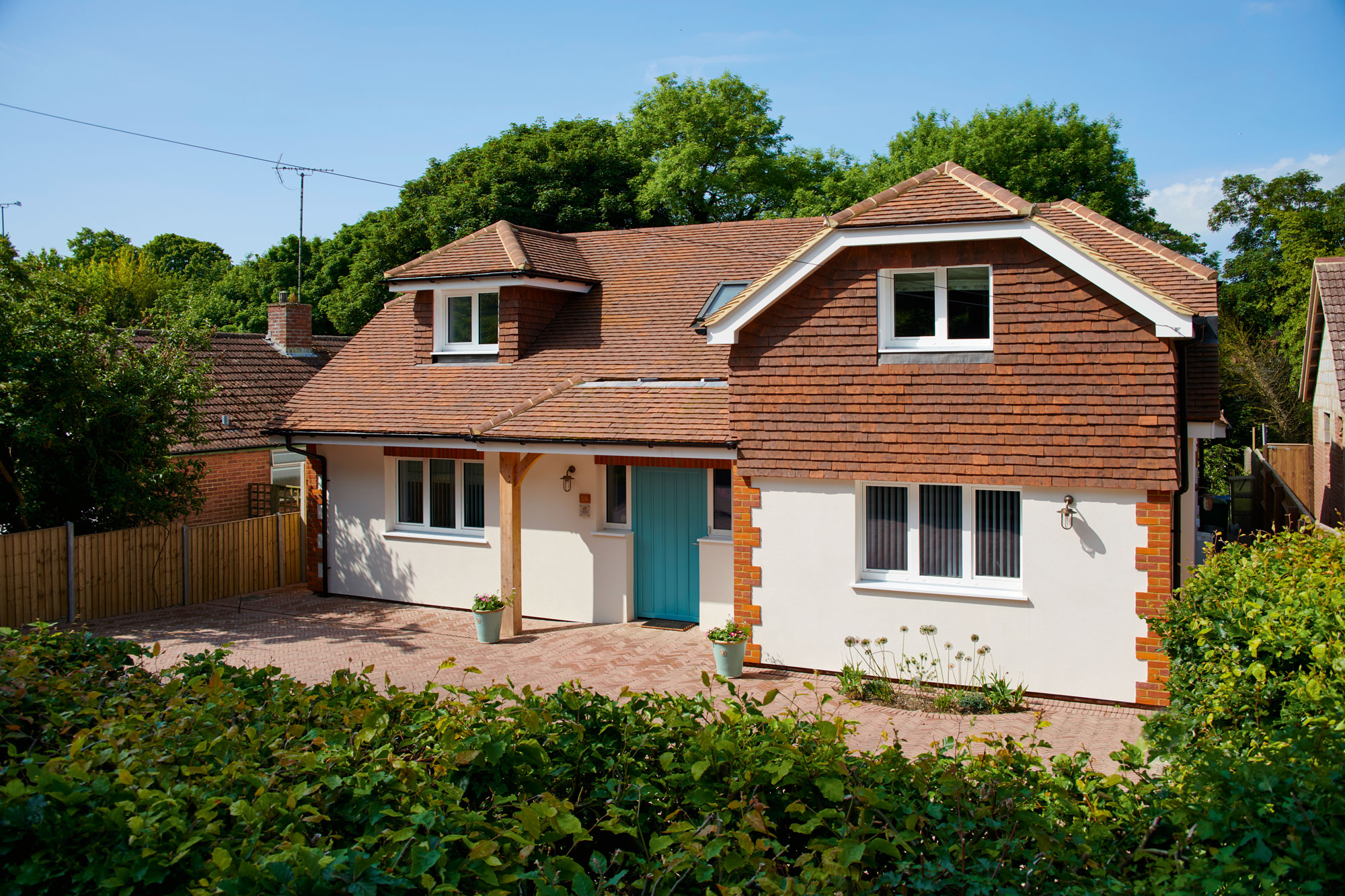
This Passivhaus property is an example fo an excellent, eco-friendly, future-proof project
There’s arguably more labour involved in building a high-performance house, too, and you will
be seeking to use experienced and qualified architects, designers and contractors to do the work correctly.
Schemes such as the Renewable Heat Initiative (RHI) can take some of the sting out of the higher capital costs involved. For example, the RHI is likely to repay much of the additional cost of installing tech such as a heat pump over the seven-year tariff period. But you will have to stump up the cash first and that can be a considerable outlay.
Ultimately, the cost of going eco is certainly coming down as it becomes the norm but be prepared for the cash flow implications of being an early adopter.
7. We are building houses differently
Many homes in the UK are still built in brick and block, because it’s what customers are used to and contractors are trained to work with. It’s also the system the high street mortgage providers feel most comfortably lending against, and what insurers understand as a safe bet.
The fact that standard brick and block is the slowest, leakiest, messiest, most builder-quality dependent method of putting up a house seems to pass them by, along with the fact that 60% of a typical masonry home is made of wood anyway.
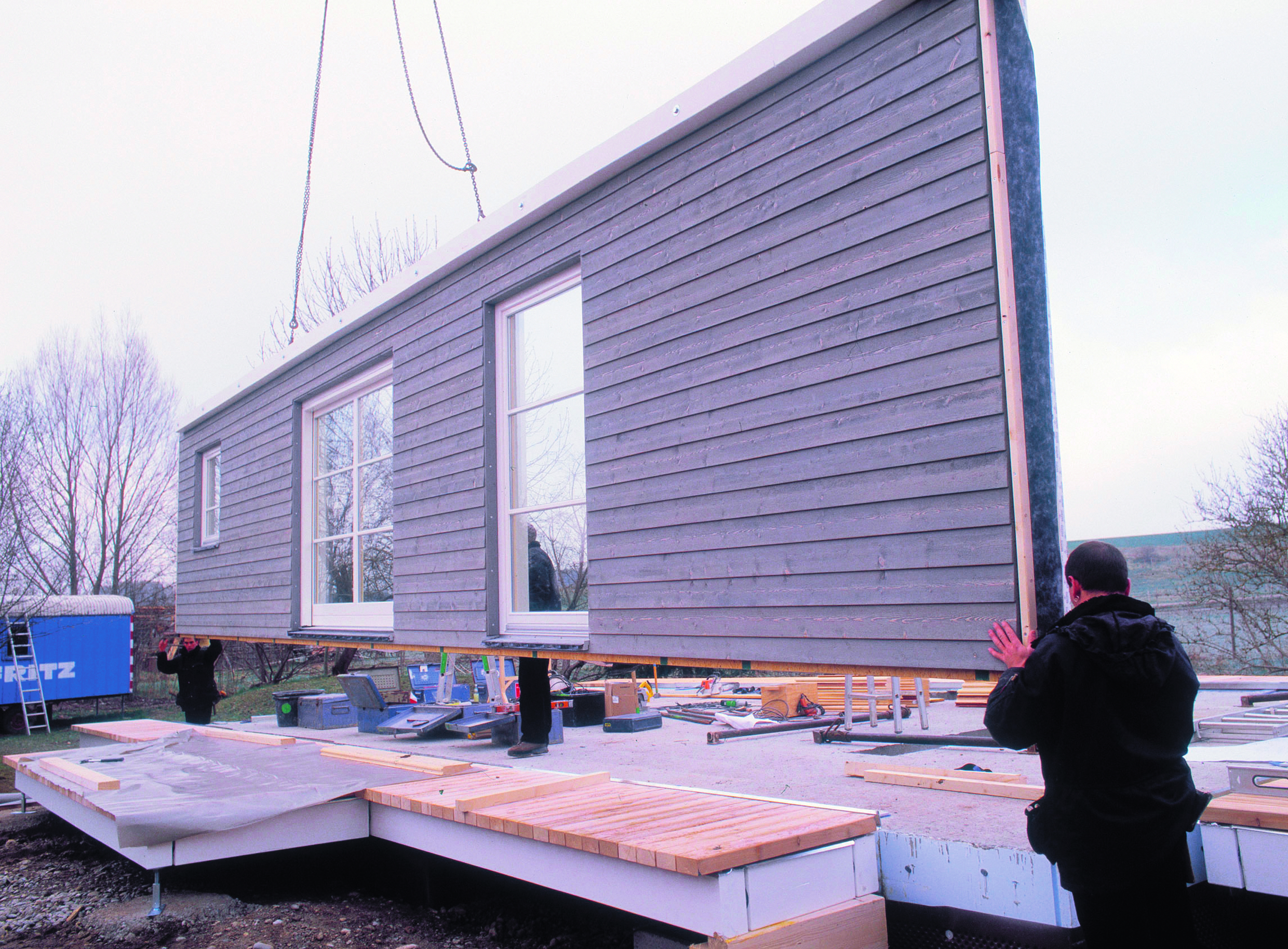
Highly prefabricated construction methods from the likes of Baufritz (www.baufritz.com) are becoming more popular, offering self builders the benefit of greater certainty on costs, scheduling and finished quality
Thin-joint masonry can address some of traditional blockwork’s shortcomings. But to my mind, modern methods of construction such as timber frame, structural insulated panels (SIPs) and insulated concrete formwork (ICF) are the future of housebuilding.
Learn more: 6 Construction Systems for Your Self Build Project
Timber systems in all their forms – from SIPs to oak frame – are quicker to build with, easier to manage, more accurately made, more energy efficient, less carbon intensive to build and run, and will last just as long as conventional masonry.
8. You may not need a professional project manager
Most of us don’t understand how to put a house together, so we seek the comfort of someone with a hard hat and clipboard supervising everything to make sure it’s being done correctly and that we’re getting what we’re paying for. I’d agree that if you have the budget and are building something huge, complicated or on a tricky site, then a good project manager can be worth their weight in gold.
The average self builder, however, might plan to create a modest family home using tried-and-trusted methods on a straightforward plot. In that context, handing 10%-15% of the budget to a third party can be a waste of money. If you can find a competent local builder who is prepared to take on the whole job, then in effect you’re also getting a proven project manager.
They construct houses for a living, so they know what they’re doing and don’t need anyone looking over their shoulder (apart from building control and/or an approved inspector alongside your warranty provider).
Learn more: What Does a Project Manager Do and Is It Value for Money?
When engaging a builder or trade, you should use a small works contract to scope what is to be done, by whom and for how much. You should then pay for work at agreed stages in arrears while letting the builder get on with the job.
If the stages are linked to satisfactory completion of the structural warranty approval inspection points, you can rest assured the work is being done to the required standard, while your builder knows that they will be getting paid.
9. Renovation isn’t always easier than new build
Doing up a dilapidated property can range from a simple project (involving little more than a new kitchen, bathroom and a lick of paint), through to something straight out of the fabulous 1940s slapstick movie Mr Blandings Builds His Dream House or its 1980s remake The Money Pit.
Every potential renovator should watch both these films, because while we might think we’d never make the same mistakes, both are chock full of the exact errors I see regularly made today. The message is the same: what can at first look like a manageable project slowly descends into an expensive nightmare as more and more defects are uncovered and the work expands and outstrips the budget.
On a major renovation project, things are knocked down, gaps supported, pipes and cables ripped out, and then all the new stuff has to be installed and the walls, floors and ceilings made good. With a new build, you just fit everything where it needs to go, cover with plasterboard and decorate.
Learn more: Self Build or Renovate?
I’ve lost count of the number of times my advice has been to knock an old property down and start again, particularly in areas where house prices are high. The only bit I’d say can sometimes be harder is the process of obtaining planning permission for a new house to replace the old.
Once that’s in place, however, I think building from scratch is so much simpler – plus you get a home tailor-made for you, rather than trying to force an old structure to meet modern living requirements. You have to pay 20% VAT on all the materials and labour for a renovation, too.
10. You are not alone
Around 13,000 self build projects are completed in the UK every year, most without great drama – and all giving immense satisfaction when completed. In addition to magazines such as Build It, the Build It Live shows and Virtual Events – there are plenty of other places to seek practical advice.
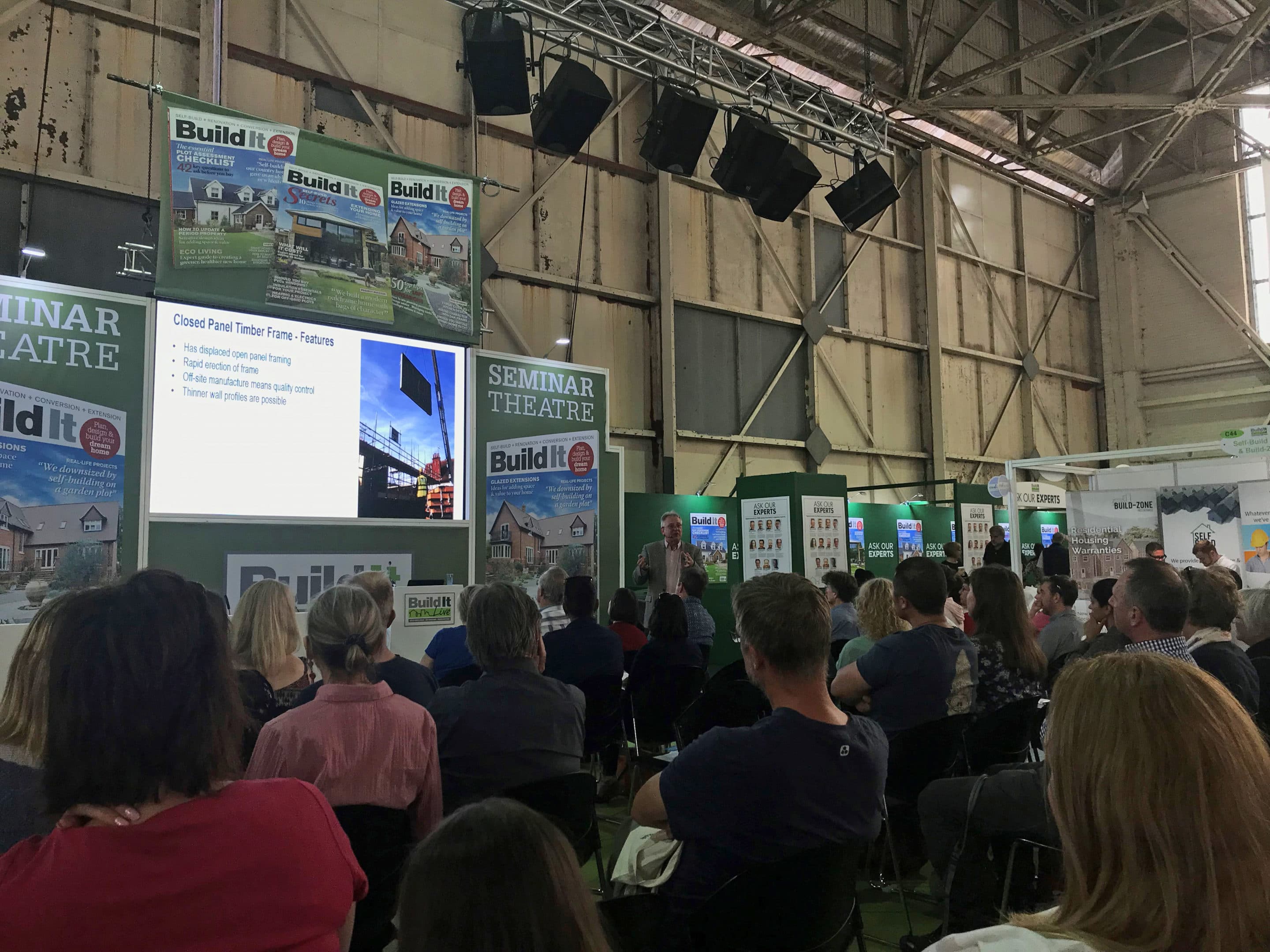
Attending events such as Build It Live is a great way to gain access to expert advice
The NSBRC in Swindon offers a brilliant experience for potential self builders and renovators, along with superb training courses aimed at novices and old hands alike. A number of really good social media groups have popped up in recent months, too.
And don’t forget that NaCSBA continues to fight for the industry and consumers alike, with the goal of making self build a mainstream choice. It has had some notable recent successes, such as the Right to Build legislation and the government’s recent announcement of a Help to Build scheme. My advice is use all of these resources ruthlessly. Most shows offer free advice to those who ask for it, with leading experts in attendance who are happy to help.

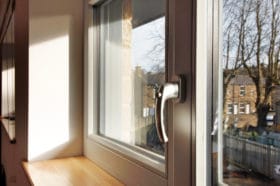
































































































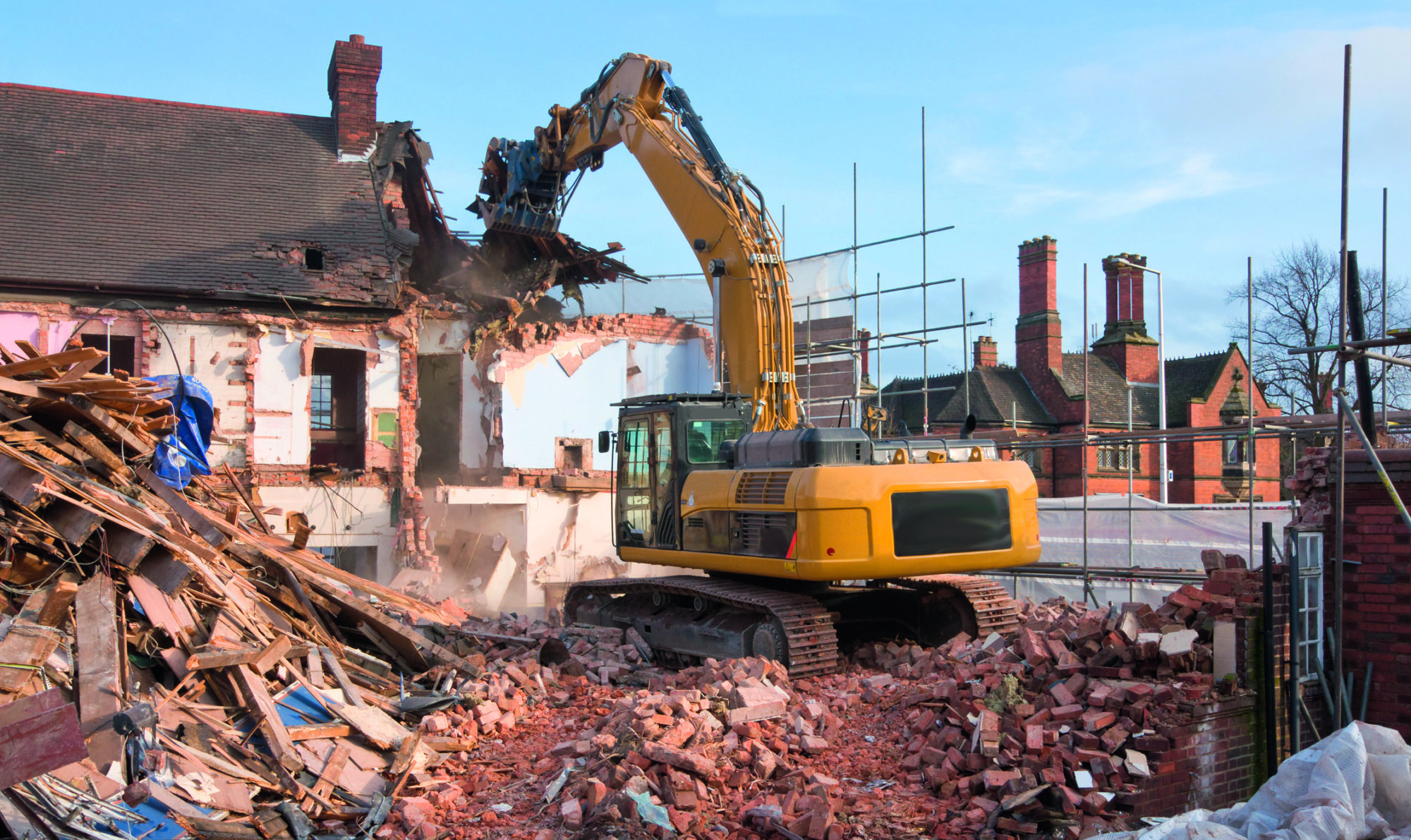
 Login/register to save Article for later
Login/register to save Article for later





